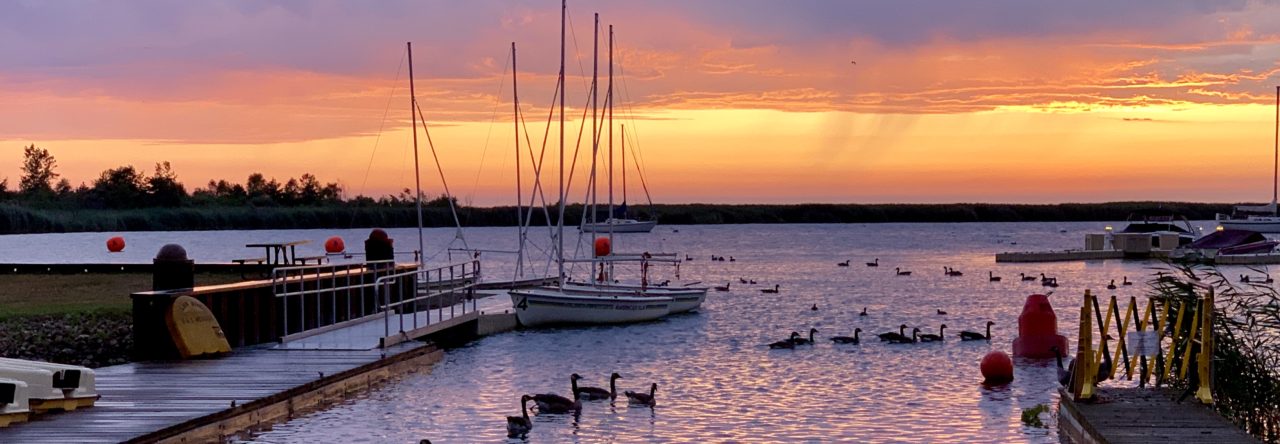On Wednesday, we went to Yuki-Tsumugi to experience Oribakan.


Oribakan describes the dyeing and weaving processes of the silk fabric produced at the factory. In morning, our group was scheduled for an appointment to dye a scarf. The scarf is light, soft, and very strong.

Our dyeing sensei used the board to help explain the different methods for dyeing. He also explained the dye being used is a plant based dye and all natural. He drew a plant to illustrate where each color originated.

He shared with us the colors we would be permitted to use for the dying process.

The colors are seasonal. We had the choice of combining indigo, yellow, orange, and natural (brown). I selected indigo, yellow, and orange in a dotted pattern. Before dyeing, we were given aprons to wear and rubber gloves.

What our scarves looked like before we dyed them.

Our sensei helped us to create unique masterpieces. As we helded the fabric, he would envision where the colors should be placed and the shapes they should take.

The process of the color dying the fabric was amazing. The colors would change not only as the fabric was held in the dye, but also as the fabric was rinsed. It was really cool to watch the transformation of the colors.
We started with indigo. I’m preparing to dip my scarf!

After each color was dyed, the fabric had to be thoroughly rinsed.

After indigo, the fabric was rinsed again and the dye was set with hot water.

The squares or geometric patterns were so cool! How did he fold the scarf so that it made the patterns!?!

Next, I added orange. Or as I liked to call it – vermillion! Sensei looked on with intense concentration as I dipped my scarf. Steady, now!!


I was the only one who choose to incorporate the third color of vermillion. I’m glad I did because it also made a cool geometric pattern!

The final color added was yellow.

As the water rinsed the yellow, the color became more vibrant. The final step was washing the scarf in a water and vinegar mixture to set the colors. I was so pleased with our creation!

Here is a silly picture of me with sensei’s assistant. I was helping her hang my scarf. Notice we are the same height…

I took pictures of all the different scarves we created. Each one was unique.



It was such a fun and unique experience to be a part of the dying process. It reminded me of tie dying. Except we used silk scarves and had the expertise of the sensei to help us create beautiful pieces of wearable art!
We took a break for lunch. We enjoyed a delicious bento box with rose water.

That’s all for now… I’ll tell you about our weaving experience in Oribakan Part 2!























































